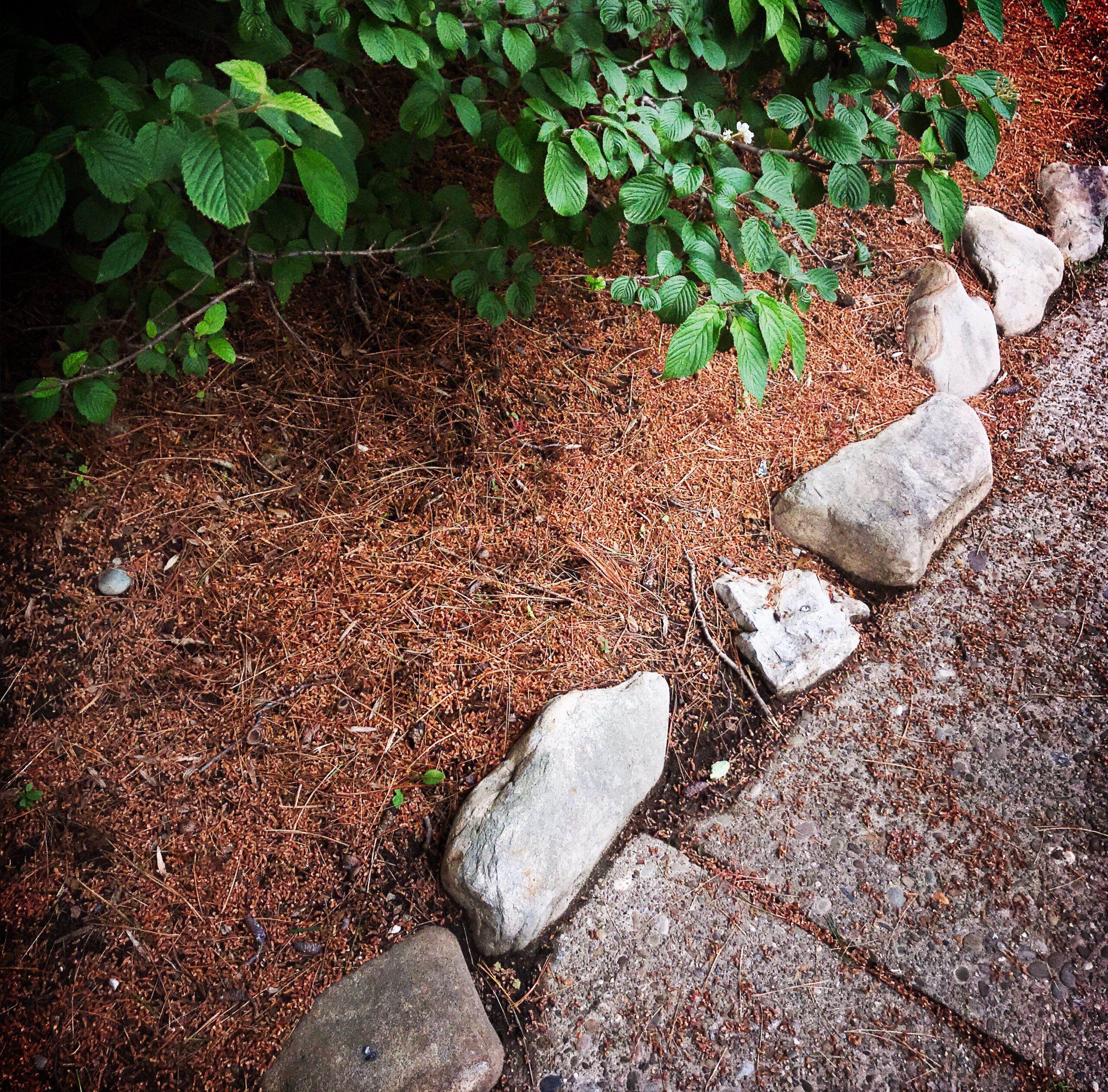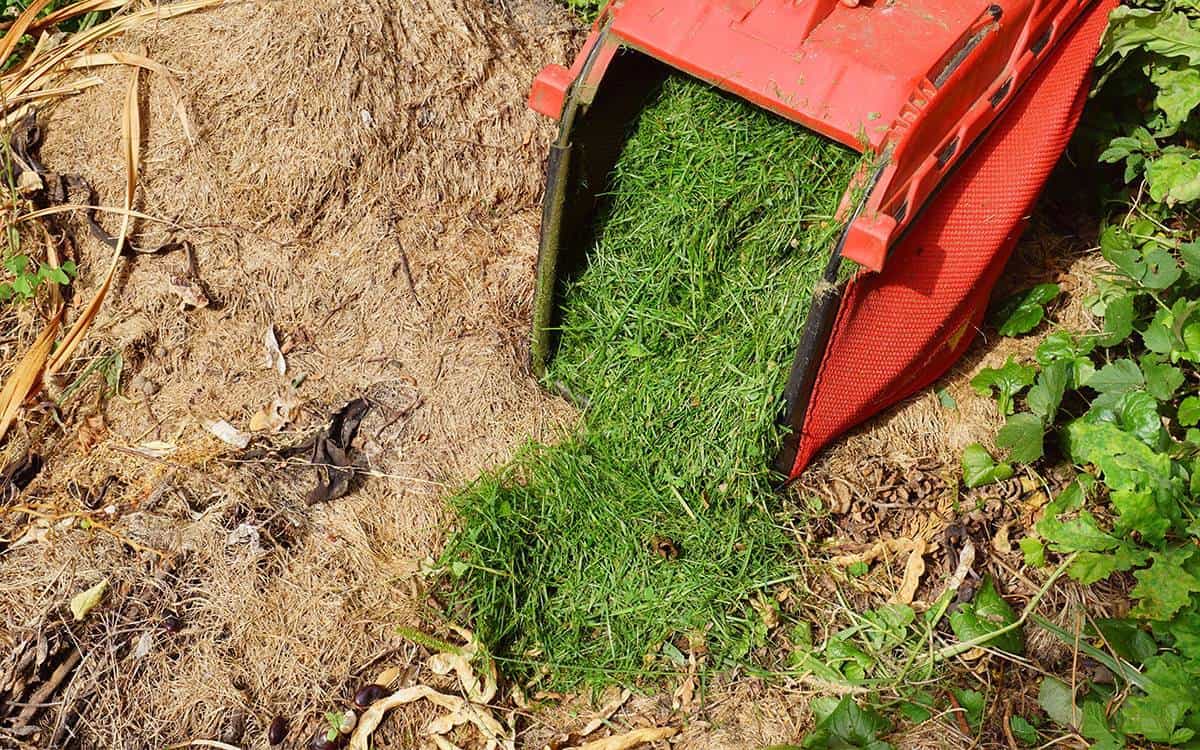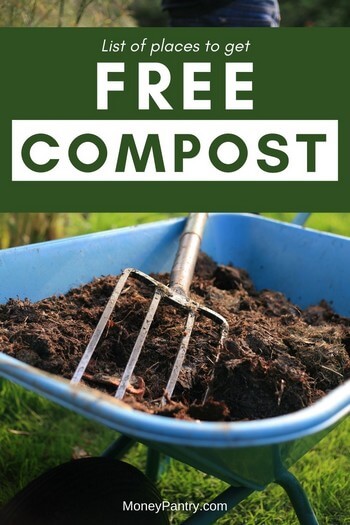Resource Mulch: The Ultimate Guide To Using Mulch To Improve Your Landscape
Title: Resource Mulch: The Ultimate Guide to Using Mulch to Improve Your Landscape
Introduction:
Mulch is a layer of organic or inorganic material that is spread around plants to improve the health and appearance of your landscape. It can help to retain moisture, suppress weeds, and protect plants from the elements. Mulch also adds nutrients to the soil over time, making it a valuable addition to any garden.
In this guide, we will discuss the different types of mulch, how to apply mulch, and the benefits of using mulch in your landscape. We will also provide some tips on how to choose the right mulch for your needs.
Main Content:
- Types of Mulch
There are two main types of mulch: organic and inorganic. Organic mulches are made from plant materials, such as wood chips, bark, leaves, and straw. Inorganic mulches are made from materials such as gravel, rocks, and pebbles.
- Organic Mulch
Organic mulches are the most common type of mulch used in gardens. They are beneficial because they decompose over time, adding nutrients to the soil. They also help to retain moisture, which can help plants to survive during hot, dry weather. Organic mulches can also help to suppress weeds by blocking out sunlight.
Some popular types of organic mulches include:
* Wood chips
* Bark nuggets
* Shredded leaves
* Straw
* Cocoa bean hulls
- Inorganic Mulch
Inorganic mulches are not as common as organic mulches, but they can be a good option for certain situations. They are not as likely to decompose as organic mulches, so they do not add nutrients to the soil. However, they can be a good choice for areas where you do not want weeds to grow, such as around walkways or patios.
Some popular types of inorganic mulches include:
* Gravel
* Rocks
* Pebbles
* Sand
* Rubber mulch
- How to Apply Mulch
The best time to apply mulch is in the spring or fall, when the weather is mild. Mulch should be applied in a layer that is 2-4 inches thick. If you are using organic mulch, it is important to reapply it every year or two, as it will decompose over time.
To apply mulch, simply spread it evenly around your plants, leaving about 2 inches of space between the mulch and the stems of the plants. Be sure to keep the mulch away from the trunks of trees and shrubs.
- Benefits of Using Mulch
There are many benefits to using mulch in your landscape. Here are just a few:
* Mulch helps to retain moisture in the soil, which can help plants to survive during hot, dry weather.
* Mulch suppresses weeds by blocking out sunlight.
* Mulch protects plants from the elements, such as wind and rain.
* Mulch adds nutrients to the soil over time.
* Mulch improves the appearance of your landscape.
Conclusion:
Mulch is a versatile and beneficial material that can be used to improve the health and appearance of your landscape. By following the tips in this guide, you can choose the right mulch for your needs and apply it correctly. With a little effort, you can enjoy the benefits of mulch for years to come.
Resource mulch is a great way to improve the health of your soil and your plants. It helps to retain moisture, suppress weeds, and improve drainage. It can also help to reduce erosion and improve air circulation. If you are interested in learning more about resource mulch, please visit Home Gardening.
FAQ of resource mulch
- What is resource mulch?
- Resource mulch is a type of mulch that is made from recycled materials, such as wood chips, bark, or compost. It is a sustainable alternative to traditional mulches, such as bark mulch or pine needles.
- What are the benefits of using resource mulch?
- Resource mulch provides many benefits, including:
- It helps to conserve water by reducing evaporation from the soil.
- It helps to suppress weeds by blocking sunlight and creating a barrier between the soil and the air.
- It improves soil aeration by allowing air to flow more freely through the soil.
- It helps to improve soil drainage by breaking up compacted soil.
- It adds nutrients to the soil over time.
- It is a sustainable option that reduces the need for virgin materials.
- Resource mulch provides many benefits, including:
- What are the different types of resource mulch?
- There are many different types of resource mulch available, including:
- Wood chips
- Bark mulch
- Compost
- Straw
- Pine needles
- Rice hulls
- Newspaper
- Cardboard
- There are many different types of resource mulch available, including:
- How do I apply resource mulch?
- To apply resource mulch, spread it evenly around the base of your plants, leaving a few inches of space between the mulch and the stems of the plants. The depth of the mulch layer will depend on the type of mulch you are using. For example, wood chips should be applied to a depth of 2-3 inches, while bark mulch should be applied to a depth of 1-2 inches.
- How often do I need to reapply resource mulch?
- The frequency with which you need to reapply resource mulch will depend on the type of mulch you are using and the climate in your area. In general, you will need to reapply wood chips and bark mulch every year or two. Compost and straw can last for several years, but they may need to be replenished more often if they are used in high-traffic areas.
- What are some of the problems with resource mulch?
- Resource mulch can attract pests and rodents. To prevent this, you can apply a layer of landscape fabric under the mulch.
- Resource mulch can also harbor mold and mildew. To prevent this, you should remove any wet or rotting mulch.
- Resource mulch can also be blown away by wind. To prevent this, you can weigh down the mulch with rocks or bricks.
Image of resource mulch
10 different images of resource mulch that are free to use:
- Wood chips are a popular organic mulch that can be made from a variety of wood types, including pine, oak, and maple. They are effective at suppressing weeds, retaining moisture, and improving drainage.
- Pine needles are another type of organic mulch that is free to use in many areas. They are acidic, so they are a good choice for plants that prefer acidic soil. Pine needles also help to suppress weeds and retain moisture.

- Straw is a good choice for mulching vegetable gardens. It is lightweight and easy to spread, and it helps to suppress weeds and retain moisture. Straw is also a good source of carbon, which can help to improve the soil quality.

- Grass clippings are a free and easy way to mulch your garden. They are best used when they are dry, as wet grass clippings can mat down and smother plants. Grass clippings help to suppress weeds, retain moisture, and add nitrogen to the soil.

- Compost is a nutrient-rich organic mulch that can be made from a variety of materials, including food scraps, yard waste, and manure. Compost helps to improve the soil quality, retain moisture, and suppress weeds.

- Leaf mold is a type of compost that is made from leaves. It is a slow-release source of nutrients, and it helps to improve the soil quality. Leaf mold is also a good choice for mulching around trees and shrubs.
- Peat moss is a lightweight organic mulch that is often used in containers and raised beds. It helps to retain moisture and suppress weeds. Peat moss is not a good choice for all plants, as it can be acidic and can compact over time.

- Rocks are an inorganic mulch that can be used to suppress weeds and improve drainage. Rocks can also be used to create a decorative border around your garden.
- Plastic mulch is a type of inorganic mulch that is made from black plastic. It is effective at suppressing weeds and retaining moisture. Plastic mulch can be used in both vegetable gardens and flower beds.
- Geotextile fabric is a type of inorganic mulch that is made from woven or non-woven fabric. It is used to suppress weeds and improve drainage. Geotextile fabric can be used in both vegetable gardens and flower beds.


Post a Comment for "Resource Mulch: The Ultimate Guide To Using Mulch To Improve Your Landscape"